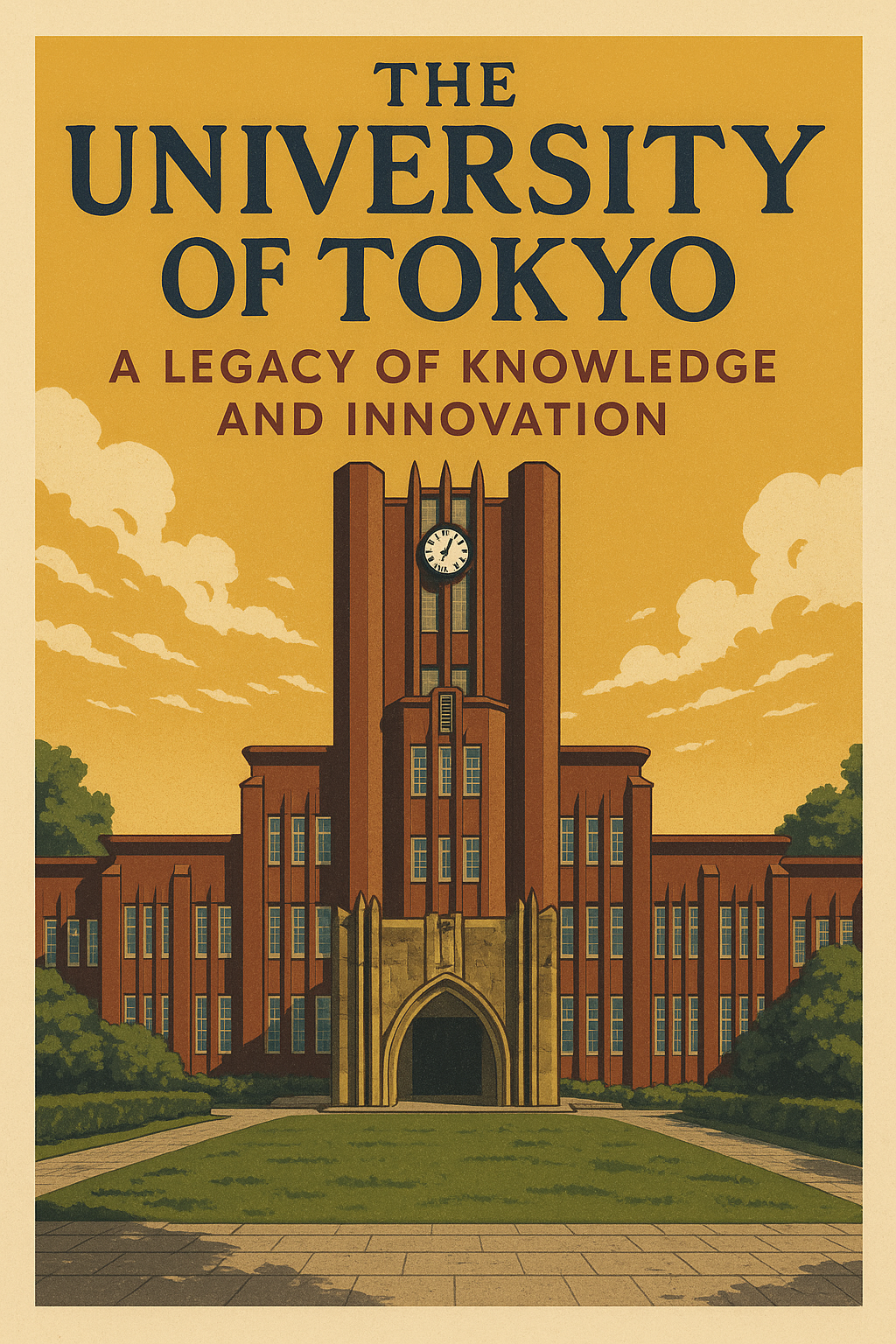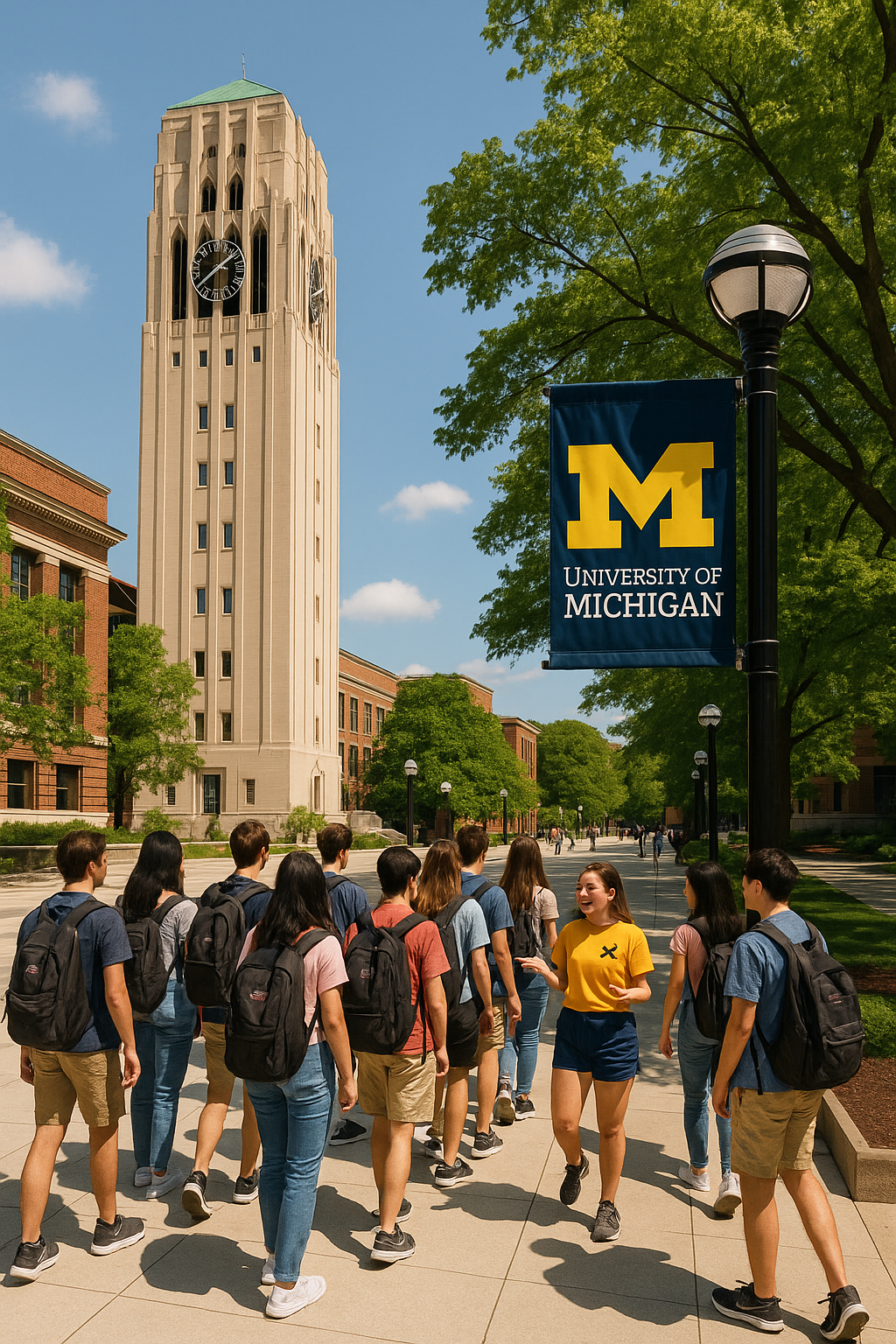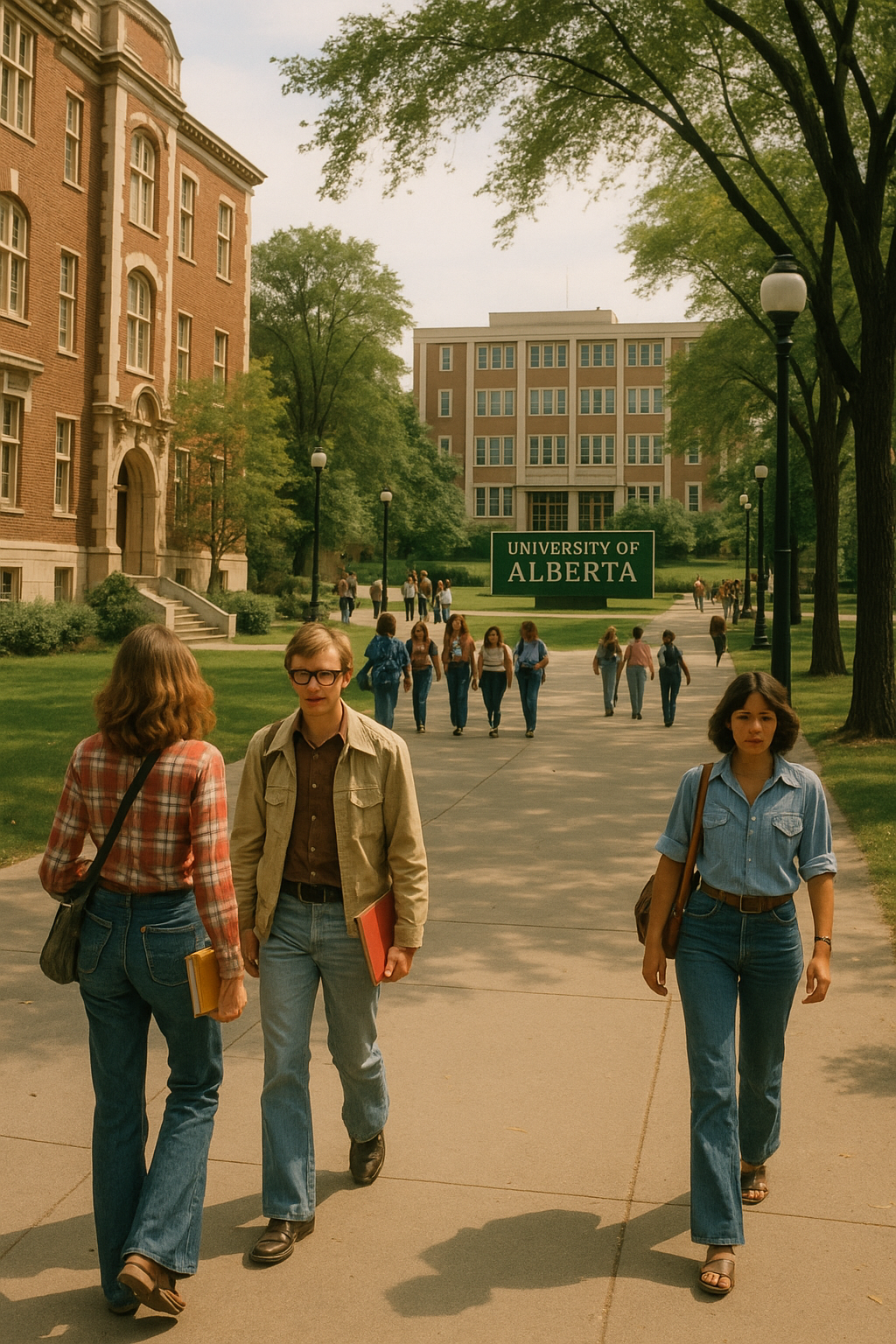New social systems are created by integrating humanity’s diverse accumulation of knowledge spanning the ages and all manner of places. Here are some examples: research into an optical lattice clock that deviates only one second every thirty billion years. This ultra-precise clock can detect the delay in time caused by very small differences in gravitational energy. Scholars researching Buddhist scriptures with a 2,000-year history are creating a database of Asia’s vast wealth of Buddhist knowledge. Research into functional, beautiful artificial legs will make it possible for the human body and its synthetic parts to become perfectly synchronized. But these are only a few examples of excellent research going on at the University of Tokyo.
The University of Tokyo was founded 140 years ago as Japan’s first national university. Today, it comprises campuses in Tokyo and the Chiba area, along with labs and research forests across Japan. Three campuses are central to education and research: Hongo, Komaba, and Kashiwa. Over 3,000 new undergraduates, including international students, enter the University of Tokyo each year. Whether they major in the arts or the sciences, all commence their studies here at the Komaba campus. Every new student enjoys the opportunities of learning covering all fields across the sciences, humanities, and social sciences that help develop competency in logical thinking. PEAK classes are conducted in English. These programs, though primarily designed for international students, are open to all undergraduates, and students with diverse backgrounds interact and take on new challenges. They gain a wider perspective of their place in the world. For three days in late November, over 100,000 people gather for the lively Komaba Festival. Our students enjoy actively taking part in the festivities.
The Hongo campus is the main setting for specialized education and research. Traditions dating back to the university’s early days and cutting-edge research coexist on this campus. Sanshiro Pond, named after a novel by Natsume Soseki, dates back to when the present site was a feudal lord’s residential garden. Statues of educators from overseas can be found in various areas of the campus. They are professors who were invited to teach at the university early in its history. The university did not simply imitate or transplant Western civilization. Instead, the University of Tokyo reorganized the most advanced contemporary thought and technology, incorporating them into a unique academic framework. For example, the University of Tokyo recognized engineering as an academic discipline and was the first to incorporate it into a formal university education. Mathematics teaching at the Faculty of Engineering became the cornerstone of an education to instill individuals with advanced cognitive and technical skills. However, the University of Tokyo’s history has not always been smooth sailing. The agonizing experience of war threatened to undo this bastion of scholarship. The university today is shaped by overcoming this painful experience.
Each University of Tokyo campus has its own main library, along with specialized libraries dedicated to each faculty and institute. The libraries are a trove of over 9.4 million volumes, from basic to specialized titles, as well as rare books, including national treasures. At the heart of this network is the Hongo campus’s General Library. Renovations here are underway, and a new wing is being added to the facility.
The Kashiwa campus, opened in 1999, is a state-of-the-art campus geared to so-called intellectual adventure with the idea of fundamentally rearranging the academic system. Every day, when the clock strikes 3:00 at the Kavli Institute for the Physics and Mathematics of the Universe, researchers from various fields gather at the Piazza Fujiwara 14. These researchers from different disciplines throw themselves into lively discussion as they fill up on tea and cookies. This open debate outside the confines of their respective fields breeds fresh ideas, leading to new research. The director of the Kashiwa campus’s Institute for Cosmic Ray Research is Takaaki Kajita, a winner of the 2015 Nobel Prize in Physics. “The detection of the gravitational waves is the most important goal for me at the moment. In Kamioka, we are constructing a large underground detector called KAGRA. If we detect gravitational waves, we will be able to observe the very moment of black hole formations and supernova explosions. Because KAGRA and Super-Kamiokande are located close to each other, perhaps we’ll observe gravitational waves and neutrinos at the same time. So I look forward to observing gravitational waves in KAGRA at this instant.”
World-class research across diverse fields is going on at the University of Tokyo, transcending disciplines and even time, and reaching across borders between East and West. Diversity of knowledge yields synergies that enable a yet higher level of excellence. The University of Tokyo will take the lead in proposing a new social system, collaborating with people from all walks of life, taking a long-term perspective as only a university can. Partnerships with the private sector are one form of this approach. In fields such as artificial intelligence and sports science, we have already set foot on the path to collaboration.
The world now is at a turning point. We seek a future where each of us can make use of our individual strengths to lead free and active lives, creating a society that balances development with harmony. The University of Tokyo has great reserves of knowledge cultivated over our 140-year history. We will contribute to bringing about such a society by creating new knowledge and exploiting our great resources for that purpose. The University of Tokyo aspires to be a global base for knowledge collaboration, a venue for people from diverse backgrounds and all generations to share knowledge and take action together.



